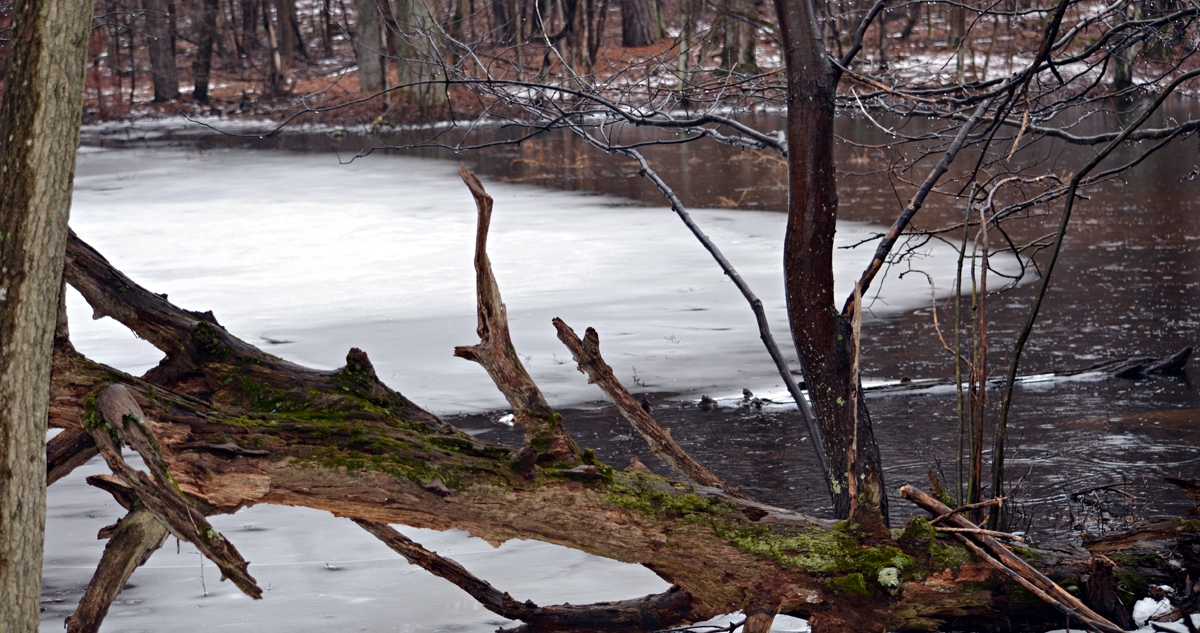Spotted Salamander Symbiosis: Content Primer
The “Back” Story
Early spring in the Northeast United States brings about many pleasures for those of us channeling fervent thoughts of melting snow, warmer temperatures, and longer daylight hours. For naturalists, herpetologists, and nature lovers, this is a peak time of year for refreshing rainfall, the sights and fragrance of early blooms, and trips to vernal pools…what?

Vernal or “springtime pools” are temporary bodies of water formed by snow and ice melt and rain. Some look at these pools that form in forests, along roadsides, and near coastal areas and see only large puddles. The well-informed however know that nocturnal visits are a veritable hotspot of activity. These pools provide opportunities to witness events that, depending on the weather, only happen for a few days to weeks. The emergence of spring peepers and wood frogs after the snowmelt are two of the most common, and very audible, harbingers of the annual “amphibious race.”
Nature enthusiasts seek vernal pool formations to observe amphibian activity or a chance to glimpse that special toad, frog, salamander, or newt. If their timing is right, they’ll find a few, or possibly a few hundred, creatures. These night treks make use of LED lights for visibility in the darkest forest or watershed landscape; weather and waterproof phones and video cameras are used to capture remarkable events below the surface. Many naturalists and organizations have shared images and video of these events.
Check out the Maryland Sea Grant video Into the Vernal Pool.
